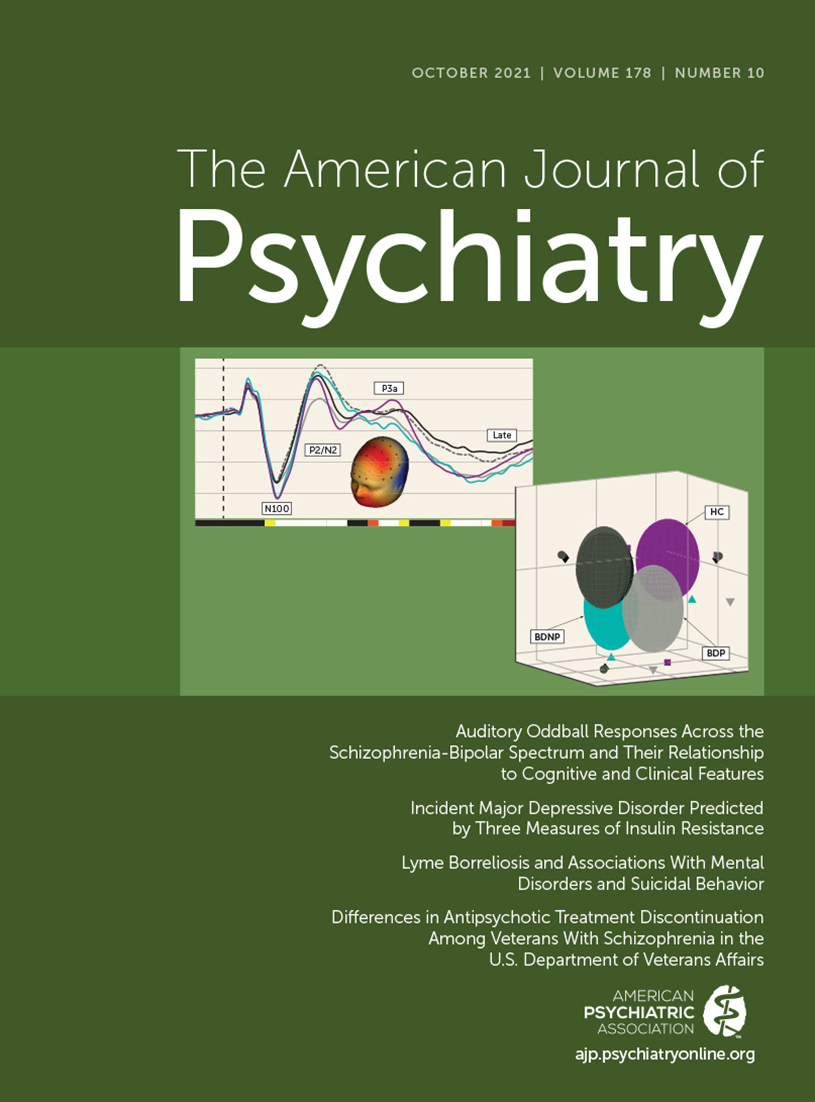The Danish OPUS Early Intervention Services for First-Episode Psychosis: A Phase 4 Prospective Cohort Study With Comparison of Randomized Trial and Real-World Data
Abstract
Objective:
The Danish OPUS trial showed significant efficacy of early intervention services for first-episode schizophrenia spectrum disorders compared with standard treatment, leading to implementation of the OPUS intervention in clinical practice. The authors sought to determine whether the effectiveness of OPUS treatment in real-world clinical practice is comparable to the efficacy seen in the trial.
Methods:
The study compared patients who received OPUS treatment as part of the original randomized trial to those who received standard treatment in the trial (the control group) and those who received OPUS treatment after it was implemented in Denmark. The authors investigated whether the three groups differed on register-based outcomes, such as use of secondary health care, functional outcomes, and death. Analyses were adjusted for relevant confounders.
Results:
Compared with trial study participants, patients who received OPUS treatment after implementation (N=3,328) had a tendency toward lower mortality (hazard ratio=0.60, 95% CI=0.33, 1.09), fewer and shorter psychiatric admissions, and possibly fewer filled prescriptions of antipsychotics and other psycholeptics after 4 or 5 years. While at first less likely to be working or studying, patients who received postimplementation OPUS treatment eventually had higher odds of working than did those in the OPUS trial (after 5 years, odds ratio=1.49, 95% CI=1.07, 2.09). The odds of being in a couple relationship were also higher among patients in the postimplementation group than those in the trial. Other outcomes showed less clear associations with treatment group. Generally, the control group in the trial fared worse than both of the OPUS treatment groups.
Conclusions:
Not only did OPUS treatment maintain its efficacy after it was implemented as a standard treatment, it paralleled or surpassed many of the effects observed when the OPUS intervention was delivered in a randomized trial. The study results provide further evidence in support of implementation and funding of early intervention services worldwide.



